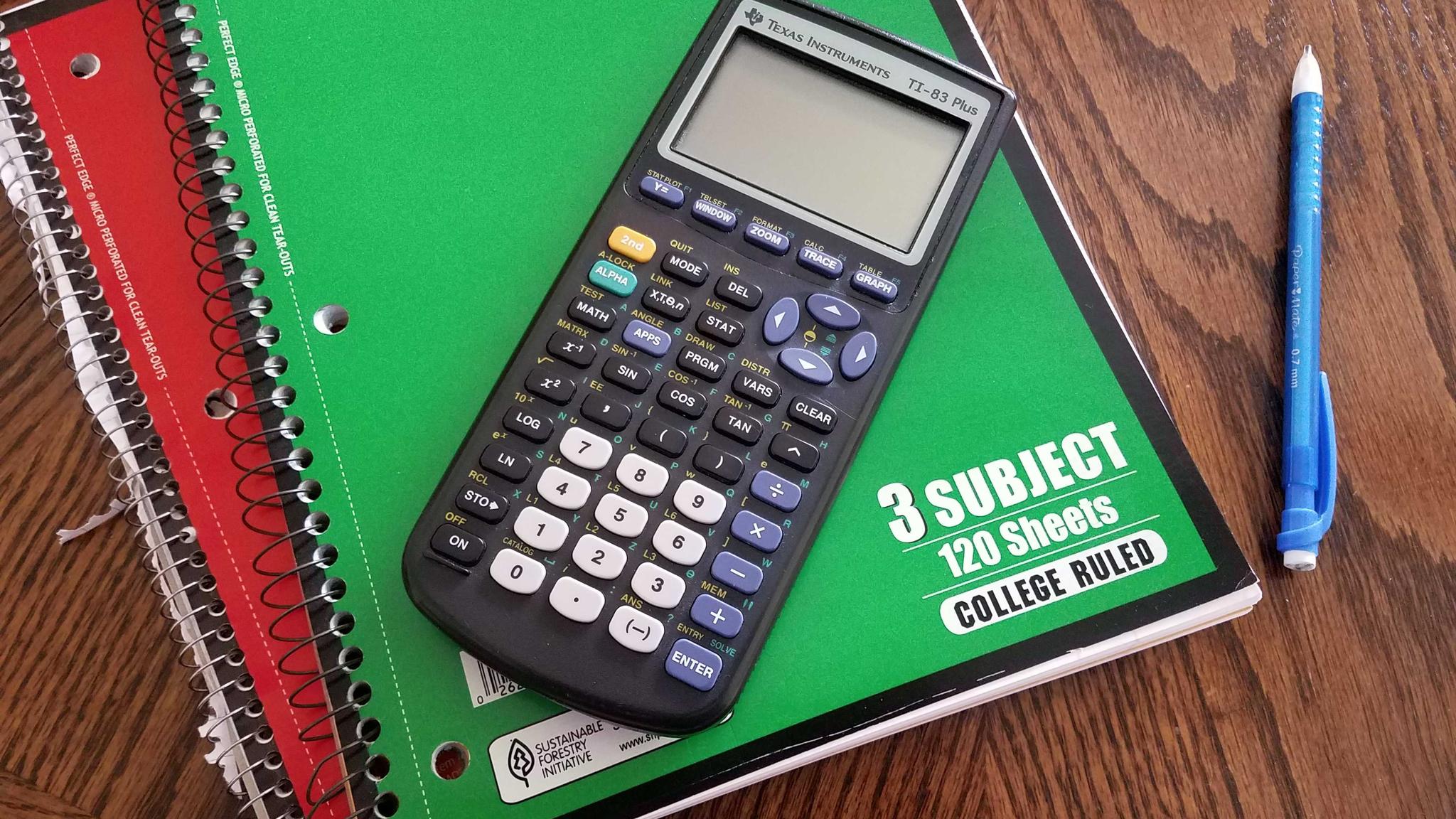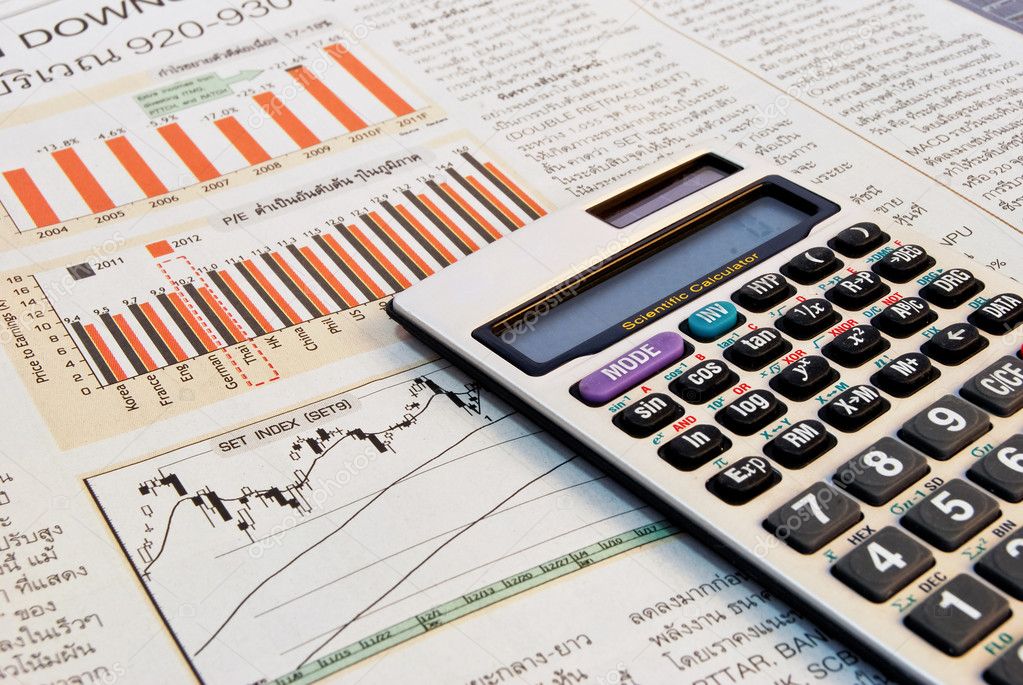

The flexibility of the technology also encouraged students to pose and explore their own questions. Based on this exploration, students made conjectures about the role of the coefficient, and used the app to test their conjectures – for example, by using a “slider” to dynamically vary the coefficient. Students graphed three different linear equations, each with a different coefficient for the x-term.

We recently observed seventh grade students in Missoula, Montana doing that using Desmos. Today, online and app-based technology, such as Desmos and GeoGebra, aim to replace the role of stand-alone graphing calculators in school.Īs with graphing calculators, for these new technologies to have a positive effect on student learning, teachers have to adapt their instruction, changing what they teach and how they teach it.įor example, technology can help students connect graphical representations with algebraic equations. But overall, when the technology is paired with appropriate instructional techniques, the result is more and better mathematics learning. Of course, there are many individual studies that show negligible or even negative effects of graphing calculators. However, students who use graphing calculators have a deeper understanding of the “whys” behind those algorithms. In other words, students who use graphing calculators in school know at least as many basic facts and are at least as good at doing standard algorithms as students who do not use graphing calculators. Graphing calculators have a positive effect on students’ relational understanding and a slight positive effect on their instrumental understanding.Īnother review, conducted by respected researchers in math education (but funded by a calculator company), came to a similar conclusion. After all, if a machine is doing the calculating for you, why bother to learn it?Īfter more than three decades of research, the findings are clear. Still, some teachers wondered whether this shift in instruction in AP calculus and across the K-12 curriculum would have a negative effect on students’ instrumental understanding. Frederick Peck, CC BY Does the tech help or hurt? But zooming out (at right), the graphs of the two functions are basically identical. In the local area (-6 < x < 6) shown at left, the graphs of y = x² + 5 and y = x² are clearly different. Through exploration such as this, students gained relational understanding of infinite limits. By zooming out, students can see that globally, the graphs are basically identical. By zooming in, students can see that in any local area, the graphs are clearly different. Rather, the focus of instruction shifted so that students could learn mathematics through the graphing calculator.įor example, by using the graphing and zoom features of the graphing calculator, students could compare and contrast the local and global behavior of functions such as y = x² and y = x² + 2.
GRAPH CALCULATOR HOW TO
This was not just so students would learn how to use the calculator.


The AP program required teachers to use graphing calculators in their courses. After 1995, there was a marked shift away from this instrumental understanding and toward questions that probed for relational understanding.Īs exams evolved, so too did teaching philosophies. Prior to 1995, AP calculus exam questions probed almost solely for the students’ ability to use rules to find derivatives and integrals of functions. The impact is quite clear in the Advanced Placement (AP) calculus program, which started to require graphing calculators in their courses and on their exams in 1995. While the calculator takes care of the “how,” students can focus on “why.” People with a relational understanding don’t just know how to invert and multiply, they know why such a procedure results in the quotient of two fractions.Īdvocates for graphing calculators in school saw promise in the tool’s ability to help students develop relational understanding. In contrast, “relational understanding” is a kind of connected, conceptual understanding. The first scientific graphing calculator.


 0 kommentar(er)
0 kommentar(er)
